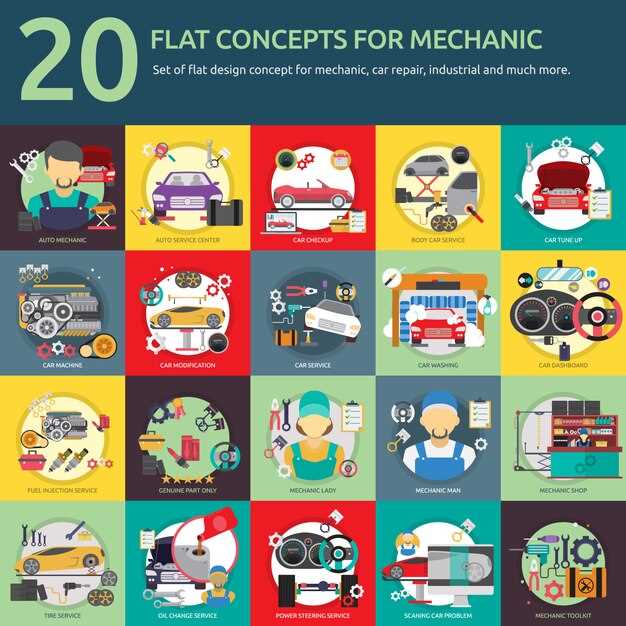

Choosing the right transmission type is a critical decision for many drivers, as it can significantly influence the driving experience and overall vehicle performance. This article delves into the manual and automatic transmission options, examining their respective advantages and disadvantages. Understanding these factors can help prospective buyers make informed choices that align with their driving preferences and needs.
Manual transmissions have long been celebrated for their engaging driving experience. Enthusiasts appreciate the level of control they offer, allowing drivers to optimize engine performance and fuel efficiency through direct engagement with the vehicle’s mechanics. However, this control comes with a trade-off: operating a manual transmission requires more skill and attention, which can be a drawback for some drivers.
On the other hand, automatic transmissions are often lauded for their ease of use and convenience, especially in urban settings where stop-and-go traffic is prevalent. They require less driver input, allowing for a more relaxed driving atmosphere. Nonetheless, some critics argue that automatic transmissions can diminish the thrill of driving, and they often come with a higher price tag and increased maintenance costs. This article will provide a comprehensive analysis of both types, helping to clarify the strengths and weaknesses of each system.
Fuel Efficiency: Comparing Manual and Automatic Options
Fuel efficiency is a crucial factor for many drivers when choosing between manual and automatic transmissions. Traditionally, manual transmissions have been regarded as the more fuel-efficient option. This is primarily due to their direct mechanical connection between the engine and the drivetrain, allowing for optimal control over engine RPMs. Drivers can shift gears to maximize fuel economy based on driving conditions, potentially achieving better mileage than their automatic counterparts.
However, recent advancements in automatic transmission technology have significantly improved fuel efficiency. Modern automatic transmissions often incorporate multiple gears, adaptive shifting algorithms, and advanced features such as continuously variable transmissions (CVTs). These innovations enable automatic systems to make quicker shifts and maintain the engine in its most efficient power band, thus enhancing fuel economy.
Several studies have indicated that the gap in fuel efficiency between manual and automatic transmissions has narrowed. In many cases, high-quality automatic vehicles now match or even surpass the fuel efficiency of manual cars. Factors such as driving style, traffic conditions, and vehicle design also play a significant role in determining actual fuel consumption.
Additionally, the growing popularity of hybrid and electric vehicles, which primarily utilize automatic transmissions, further underscores the importance of this technology. These vehicles often take full advantage of automatic shifting systems to optimize energy use and improve overall mileage.
Ultimately, the choice between manual and automatic transmissions regarding fuel efficiency depends on various factors, including personal preference, driving habits, and specific vehicle models. While manual transmissions may still offer an edge in some situations, modern automatics have become formidable contenders in the race for better fuel economy.
Driving Experience: How Transmission Type Affects Handling

The choice between manual and automatic transmissions significantly influences a driver’s experience, particularly in terms of handling. Manual transmissions offer a direct connection between the driver and the vehicle, allowing for greater control over gear selection. This level of engagement can enhance a driver’s ability to navigate curves and respond to changing road conditions, making it a preferred choice for enthusiasts who prioritize precision and feedback.
With a manual transmission, drivers can optimize their gear changes based on the terrain, engine power band, and their driving style. This adaptability can lead to a more thrilling experience, especially in performance-oriented vehicles where quick shifts and engine rev matching are essential for maximizing acceleration and cornering capabilities.
On the other hand, automatic transmissions, while convenient and often smoother in operation, may dilute the hands-on driving experience. The algorithms that control gear shifts can sometimes prioritize speed and fuel efficiency over dynamic control, potentially causing delays in response time. Though modern automatics, such as dual-clutch systems, are improving in this regard, they may still lack the tactile engagement found in manual systems.
Furthermore, the weight distribution and balance of a vehicle can be affected by the transmission type. Vehicles equipped with manual transmissions often have a more rearward weight bias due to the lighter components involved. This can improve handling performance by enhancing stability during high-speed maneuvers.
In summary, while automatic transmissions provide ease of use and comfort, manual transmissions significantly enhance the driving experience by offering a greater degree of control and connection to the vehicle. For those who value handling and driving dynamics, manuals present an advantage that can’t be overlooked.
Maintenance Costs: Long-Term Financial Implications of Each Transmission

When considering long-term financial implications, maintenance costs play a significant role in the choice between manual and automatic transmissions. Manual transmissions are generally perceived as less costly to maintain over time. This is largely due to their simpler design, which typically requires fewer complex components compared to automatic systems. As a result, repairs and replacements in manual systems tend to be less expensive, and mechanics often charge lower labor rates for manual transmission servicing.
In contrast, automatic transmissions may incur higher maintenance costs. The complexity of their design includes various electronic components, hydraulic systems, and intricate gear assemblies. These features not only make repairs more complex but also require specialized knowledge and tools, leading to increased labor costs. Over the years, automatic transmissions often require more frequent servicing, such as fluid changes and filter replacements, which can add up significantly.
An additional factor worth considering is the longevity of both types of transmissions. Manual transmissions typically have a longer lifespan when properly maintained. They are less susceptible to overheating and can endure higher stress without suffering significant wear and tear. On the other hand, automatic transmissions may face potential issues with transmission fluid degradation and overheating, requiring more attention to prevent drastic failures.
In summary, while the initial purchase price of a vehicle with a manual transmission may be comparable to that of its automatic counterpart, the maintenance costs associated with manual transmissions are often lower. This leads to fewer long-term financial burdens for owners, making manual transmissions an attractive option for those looking to minimize ongoing expenses related to vehicle maintenance.







